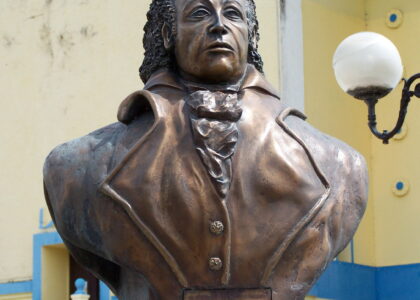Lorenzo, a locality in Crosby County, Texas, holds historical significance as a town that emerged during the early 20th century, driven by the expansion of the Crosbyton-South Plains Railway. Founded in 1911, Lorenzo was named after Lorenzo Dow, an employee of the C. B. Livestock Company. This company played a pivotal role in promoting the town, encouraging the cultivation of cotton—a crop that would become central to the local economy.
The town’s establishment coincided with the first train running through its newly laid tracks, marking a significant event in its early history. Viola Ellison held the distinction of conducting the first school classes in a store, highlighting the community’s dedication to education from its inception. As Lorenzo grew, it quickly became a center for cotton farming, which remains a cornerstone of its economy today.
Over the years, Lorenzo experienced both challenges and growth. The Great Depression and the Dust Bowl of the 1930s led to a population decline, but the town rebounded in subsequent decades. By 1960, Lorenzo’s population had increased, and it had become a hub of activity with numerous businesses and a thriving community life.
Notable figures in Lorenzo’s history include Alice McGuire, who served as the town’s first postmistress from 1911 to 1920, and W. E. McLaughlin, who established the first bank in 1914. These individuals, among others, contributed to the town’s development and resilience.
Lorenzo’s story is one of community spirit and adaptability, reflecting broader themes of American expansion and economic evolution in the early 20th century. The town’s historical marker, erected in 1966, commemorates its founding and development, ensuring that the legacy of Lorenzo and its people endures.





